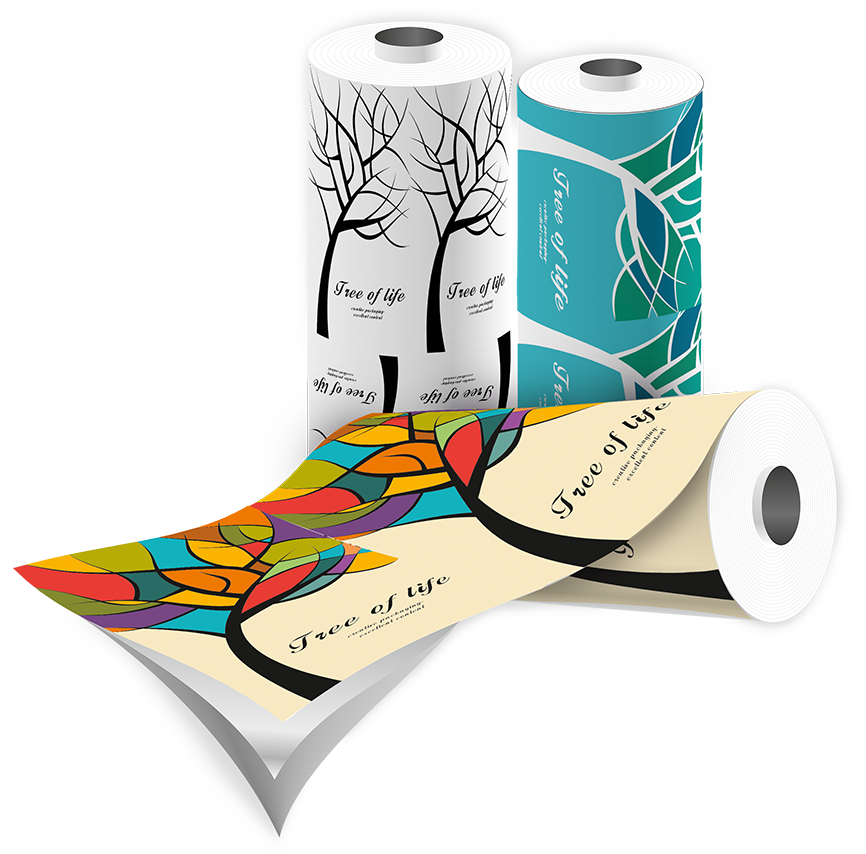
Lamination is gluing different materials into two (duplex) or three (triplex) layers. In fact, the number of real layers is limited only by expediency – after all, as one of the bases, you can easily use a multilayer film.
The right combination gives protective, functional and decorative properties. For example, the inner layer is perfectly welded and inert to the contents, the middle one is characterized by increased strength, and the outer one perfectly transfers the print, protects it from moisture and has a pleasant texture for the consumer.
Lamination enhances printing, as it becomes possible to “hide” the image between the layers – and thereby protect it from aggressive external influences, and the contents of the package from ink. Printing can be direct and mirror.
As layers for lamination we can use the following materials:
We also use other multilayer films, for example, PA / PE, PA / EVOH / PE, metallized or matte films.
Glues are selected depending on the required layers. The lamination is solvent free – that is, it excludes the use of a solvent and further drying. Many plate shafts and special technological solutions make it possible to produce a laminated film with any printing step. High-quality cutting ensures precise widths and perfect winding. Therefore, you can buy our film for the most demanding and high-speed equipment.